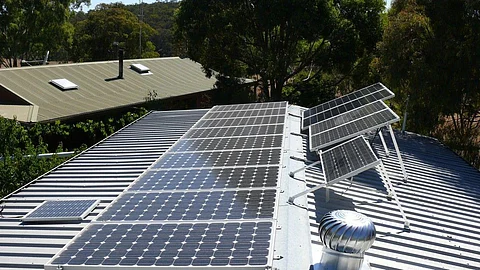
- Topics
- Feature
- Opportunities & Events
- About
- Hindi Portal
- Data
- Topics
- Feature
- Opportunities & Events
- About
- Hindi Portal
- Data

Council on Energy, Environment and Water's (CEEW) interactive guidebook ‘A rooftop solar for every home in India: Report to organise local solarise campaigns’ builds on the experience of organising and delivering the Solarise Delhi campaigns. It presents a simple to understand yet comprehensive how-to guide that can help local actors design and organise their own Solarise campaigns.
With relevant examples, pro-tips, checklists, and helpful frameworks, the guidebook is filled with actionable information and deep insights on campaign design, management, and execution. Community-based campaigns like Solarise Delhi are highly effective at motivating consumers to adopt rooftop solar.
Several challenges and unforeseen circumstances can hinder the smooth running of large campaigns such as Solarise. Here we list some major challenges and how you can address them. Some of these issues might also be red flags, signalling you to take notice and begin course correction. Use this as a guide and assess your own campaign’s challenges to reach an effective solution.
The campaign framework helps build a step-by-step process for organising Solarise campaigns
Solarise campaigns are effective as they leverage community trust and focus on providing high-quality information and services dedicatedly to a community. These features make Solarise highly customisable, modular, and scalable. You can opt to hold multiple campaigns in the same community—like an annual campaign or hold multiple simultaneous campaigns in different localities— like Solarise Safdarjung and Solarise Karkardooma as part of Solarise Delhi.
Here are some tips that can help scale-up Solarise campaigns sustainably
This Solarise Guidebook is a powerful tool to help organise dedicated community-based campaigns, in partnership with local utilities, to accelerate rooftop solar adoption.
The guidebook is available here
Suggested citation: Gupta, Akash Som, Ananya Dhanuka, Bhawna Tyagi, and Neeraj Kuldeep. 2022. A Rooftop Solar for Every Home in India: Guidebook to Organise Local Solarise Campaigns. New Delhi: Council on Energy, Environment and Water